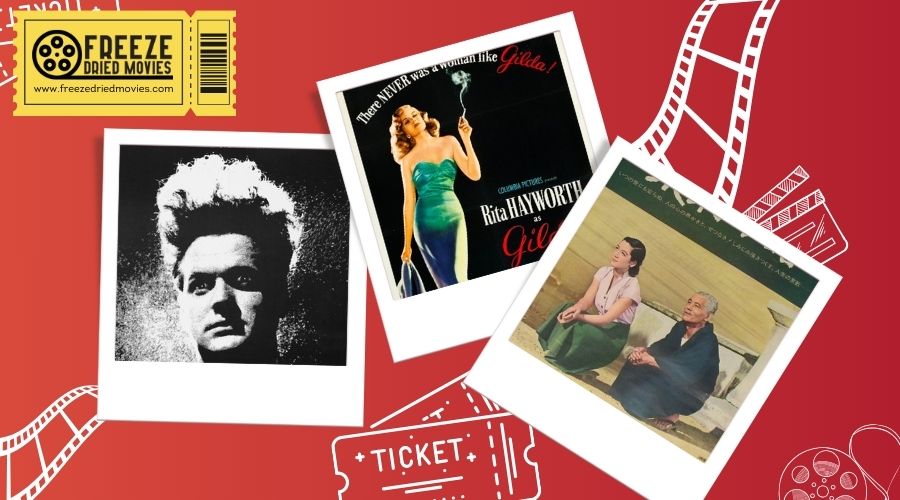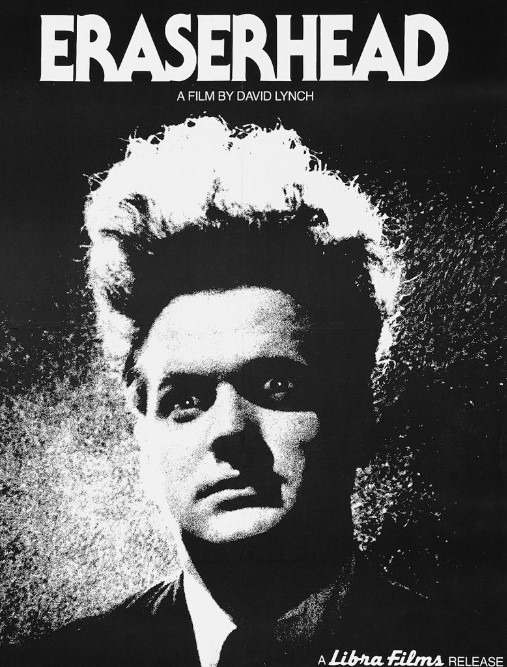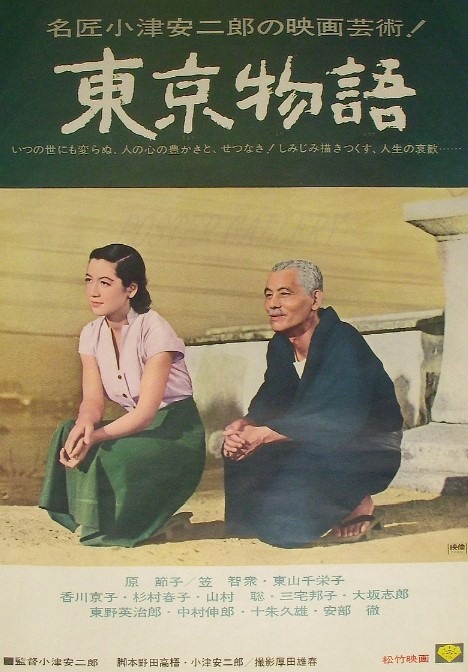Top Arthouse Movies Explored: A Journey Through Cinematic Art

Initiate a voyage through the enchanting world of arthouse cinema, where films like Mulholland Drive and Eternal Sunshine of the Spotless Mind fascinate with their intricate narratives and experimental storytelling. You'll uncover motifs exploring identity, love, and grief, all portrayed through unique perspectives and imaginative cinematography. Arthouse films, like David Lynch's Eraserhead, utilize surreal imagery, while Amour investigates profound relationships.
With groundbreaking visual aesthetics, these films challenge audience perceptions and offer a fresh look at human experiences. By embracing these cinematic gems, you'll gain insights into their profound impacts and timeless charm. There's much more waiting to unveil itself.
Defining Arthouse Cinema
When you plunge into the universe of arthouse cinema, you're stepping into a domain where artistic expression and experimental storytelling take center stage. Unlike mainstream films, arthouse cinema prioritizes narrative complexity and artistic vision, often sidelining commercial appeal. This genre thrives on exploring unconventional themes, allowing filmmakers to break away from the constraints of major film studios. As a result, you often encounter films that feature unknown actors and distinct visual styles, offering a fresh perspective that's hard to find in blockbuster movies.
Arthouse cinema invites you to experience storytelling in its most groundbreaking form, frequently employing non-linear narratives and rich symbolism. These films challenge you to engage more deeply, encouraging different interpretations and personal reflections. Directors like Ingmar Bergman and David Lynch have been pioneers in this field, shaping the landscape with their exploration of existential themes and psychological depths.
Their works exemplify how arthouse cinema can transcend traditional storytelling, offering a platform for filmmakers to express their unique artistic vision. In the 1940s, horror films began integrating psychological and supernatural themes, reflecting societal fears and complex narratives that influenced future genres.
View this post on Instagram
As you explore the profound themes woven into arthouse films, the unique storytelling techniques of notable works offer a deeper understanding of these cinematic masterpieces. David Lynch's "Eraserhead" (1977) stands as a quintessential piece of art in the domain of arthouse cinema. Its surreal imagery and unsettling exploration of anxiety invite you to confront the bizarre and chaotic nature of reality, earning both critical acclaim and a dedicated following. Ingmar Bergman's "The Seventh Seal" (1957) is another cornerstone of the genre, using a knight's existential expedition amidst the Black Death to ponder life's deepest questions. This film's narrative richness and philosophical depth have considerably shaped the landscape of arthouse storytelling. In "Mulholland Drive" (2001), Lynch crafts a psychological thriller that investigates identity and ambition, wrapped in a complex web of symbolism. This film's exploration of the human psyche has become a landmark in cinematic artistry. Alejandro Jodorowsky's "The Holy Mountain" (1973) offers a bold visual spectacle, blending surrealism with philosophical critique. Meanwhile, Bergman's "Persona" (1966) examines identity through the intense relationship between two women, solidifying its crucial role in arthouse films, much like an intricate family drama. The 1950s era was pivotal for comedy, with key comedians like Lucille Ball and George Carlin shaping the comedic landscape and influencing future generations. While unique storytelling techniques capture your imagination, it's the visual aesthetics and symbolism in arthouse films that truly elevate the cinematic experience. These elements transform movies into engrossing works of art, inviting you to investigate deeper meanings beneath the surface. Take The Tree of Life, for instance, where its painterly visual narrative examines themes of family and existence, drawing you into a world that feels both personal and universal. In The Conformist, Vittorio Storaro's stunning cinematography uses color and composition to probe into political and personal identity. The art film's visual aesthetics don't just paint a picture; they create a vivid landscape that challenges you to see beyond the ordinary. Directors like Andrei Tarkovsky, with films like The Sacrifice, use long takes and symbolic imagery to craft an atmosphere that demands your reflection and engagement. Ingmar Bergman's Persona employs stark contrasts and close-ups, symbolizing the psychological intricacies between characters, urging you to ponder their identity struggles. Meanwhile, Enter the Void blends surreal and realistic elements, using cutting-edge visual storytelling to challenge traditional narratives. The legacy of 1950s horror films profoundly influenced the horror genre's evolution, with iconic characters and themes continuing to resonate with audiences. These films invite you to an artful expedition that captivates and provokes thought. In the domain of arthouse cinema, investigating identity and reality often leads to profound revelations. The films you encounter in this genre challenge your perceptions and invite you to question the world around you. In David Lynch's "Mulholland Drive," you're drawn into a non-linear narrative that blurs the lines between dreams and reality, compelling you to rethink the essence of identity. Ingmar Bergman's "Persona" examines the complexities between two women, using avant-garde techniques to investigate the nature of self and reality. The ambiguous morals often present in film noir also find their way into arthouse cinema, creating tension and inviting viewers to explore ethical boundaries within narratives. As you engage with these films, you might consider: These films not only entertain but also inspire introspection about your own identity and reality. As you ponder the intricacies of identity and reality, love and relationships naturally intertwine with these themes, creating a rich tapestry of human experience. In Eternal Sunshine of the Spotless Mind, the love story of a married couple who choose to erase painful memories raises profound questions about the essence of connection. Despite their efforts, their emotional bond defies the procedure, illustrating how love can persist beyond conscious recollection. The Fountain weaves a narrative of love and loss across centuries, showcasing a young woman's enduring impact on her husband's quest for eternal life. Here, love transcends time, highlighting its ability to shape and define our existence through different lifetimes. Call Me by Your Name investigates a young man's transformative initial love during a summer in Italy. The film captures the intensity and vulnerability of uncovering love, emphasizing its role in self-discovery and personal growth. In Amour, the love story of an elderly married couple facing the trials of aging reveals a love that endures life's harshest challenges. Meanwhile, Under the Skin presents an alien's perspective on human intimacy, offering a unique examination of connection through the eyes of a young woman. Bette Davis' influence on feminist representation in cinema serves as a testament to the power of strong female characters, inspiring narratives that explore the complexities of love and relationships. How will arthouse films evolve in the rapidly changing landscape of cinema? With the rise of streaming platforms, arthouse films are reaching audiences far beyond traditional theaters. You can now investigate the best films from the comfort of your home, making these once-niche movies accessible to a global audience. Emerging filmmakers are at the forefront of this evolution, experimenting with technologies like virtual reality and interactive storytelling to push the boundaries of what arthouse cinema can be. Film festivals have historically been crucial in fostering dialogue and promoting cross-cultural understanding, which supports the evolution of arthouse films by connecting filmmakers to diverse audiences. The future of arthouse films will likely see a blend of genres, combining arthouse elements with mainstream appeal. This hybrid approach can attract both niche enthusiasts and general audiences, creating a broader appreciation for cinematic art. Festivals continue to play an fundamental role, giving filmmakers the opportunity to showcase their work and connect with distributors, ensuring the survival and growth of arthouse cinema. To understand the future trajectory of arthouse films, consider these key points: Arthouse films remain a significant counterpoint to commercial cinema, promoting diverse narratives and underrepresented voices.Key Themes and Motifs
Notable Films Analyzed
Unique Storytelling Techniques
Visual Aesthetics and Symbolism

Exploring Identity and Reality

Love and Relationships
Impact of Cinematic Techniques

Viewer Experience and Reception
Future of Arthouse Films




